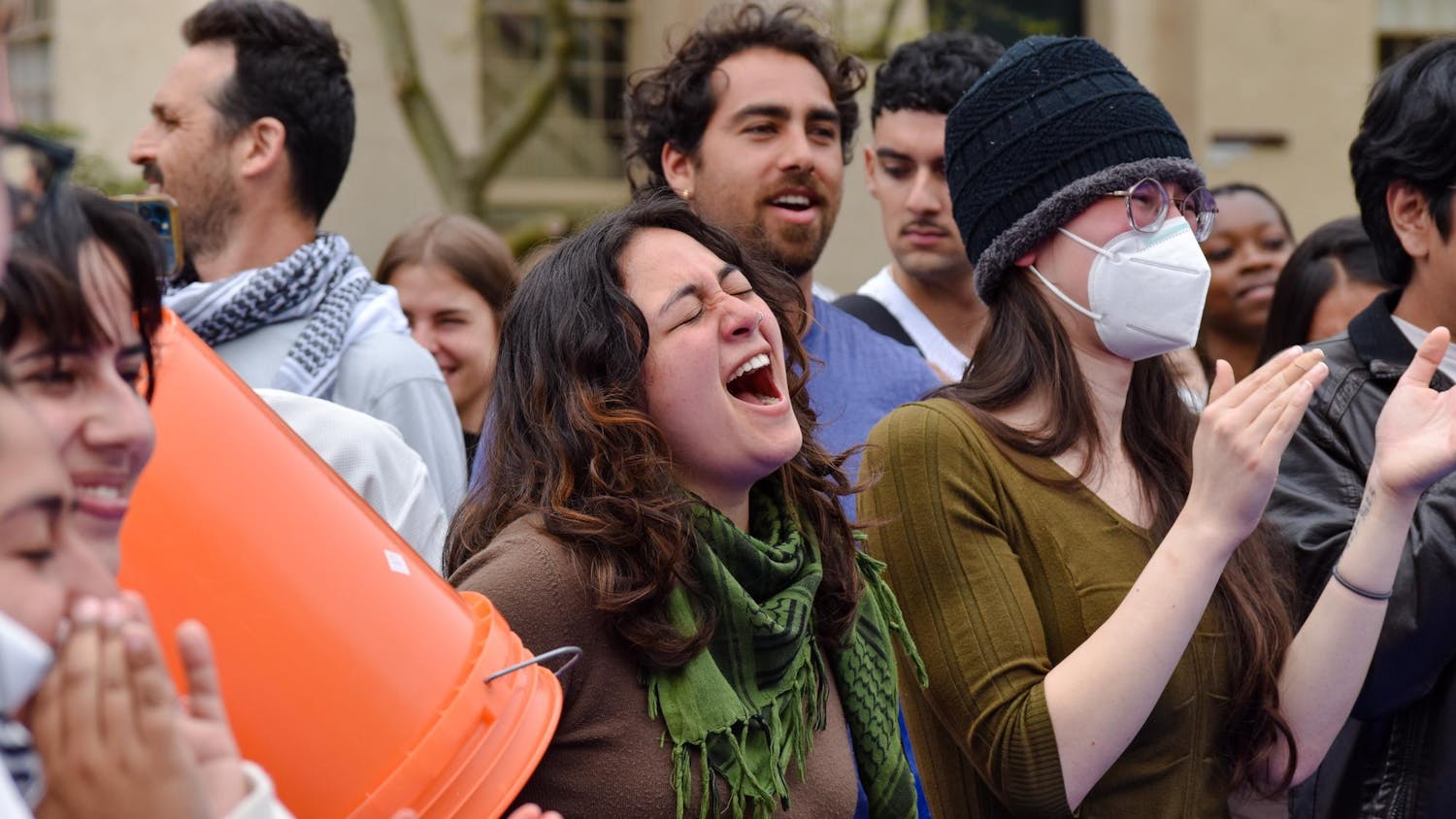The Division of Biology and Medicine's annual report shows signs of growth during the 2008-09 academic year despite the economic recession, including an increased class size for the Alpert Medical School and millions of dollars in grants.
As of Dec. 1, the division had received more than $11 million in National Institute of Health grants funded by the American Recovery and Reinvestment Act, according to the report. Renovations on an existing building in the Jewelry District will be completed in 2011 to create the Med School's new home.
But BioMed has not been completely immune from the recession, said Dean of Medicine and Biological Sciences Edward Wing.
"The division is affected like the rest of the University," said Wing. "We have, in some cases, had to think about cutting staff." He also said that some staff members have participated in early retirement.
He said that BioMed, though relying on the endowment, is also able to receive a large amount of revenue from grants, easing the financial pressure the division faces.
One of the biggest projects for BioMed over the next two years is creating a new home for the Med School. Located at Richmond and Ship streets, the new Medical Education
Building will be able to serve more students and allow the University to increase the Med School class size, according to the report. This should allow the school to expand its class size from 96 medical students to 120, Wing said.
"We're doing that in part because there's a need for physicians in the nation, but also we're one of the best medical schools," said Wing. "We're in the top quarter of medical schools."
The renovation of the building is expected to cost about $45 million and should be completed by August 2011, according to the report.
At that time, the Med School will also begin dividing all students into "academies" where they will be a part of a group of 40 students that will stay together throughout their four years in medical school, according to the report. The academy system "provides the ideal setting for small group learning and creates a sense of community." The new building will also contain state-of-the-art facilities for the students, including a clinical skills training suite "designed to stimulate real-life doctor-patient interaction," according to the report.
Wing also mentioned the division's desire to have a "close relationship" with local hospitals, including the possibility of a joint cancer center sometime in the next five years.
Marjorie Thompson '74 PhD'79 P'02 P'07 P'09, associate dean of biological sciences, attributes the continued growth of the division at the undergraduate level in part to the strength of its educational resources. She credited her department's "teaching, course variety, faculty accessibility, research opportunities for undergraduates" and focus on individuals to the department's success, she wrote in an e-mail to The Herald.
Thompson shared Wing's enthusiasm for the future of the division, specifically speaking about the undergraduate program.
About 15 to 20 percent of students concentrate in a biological science "and many more take our courses for the interest, courses which are not only geared for non-science concentrators, but are welcoming and fascinating for all," wrote Thompson.
As for the future of BioMed, "we are absolutely going to grow," Wing said.




